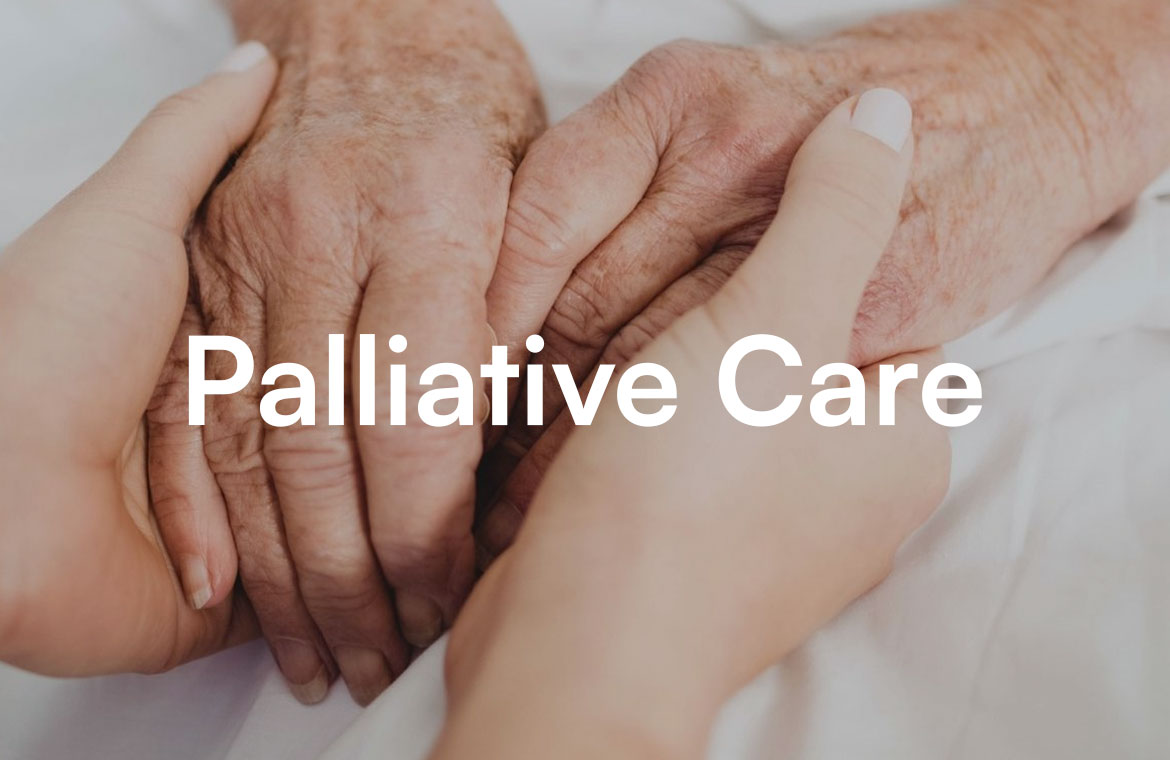“A hospital alone shows what war is.”
Erich Maria Remarque
As the dastardly, unprovoked, and selective attacks by terrorists in Pahalgam escalated the latent tensions between India & Pakistan, the grim clouds of war loomed on the horizon. While the possibility of a full-blown war seems to have been abated after the nations consented to a mutual ceasefire, it might be an important chance to think about systems preparedness — and how public health physicians should be better trained to handle such uncertain situations.
A series of protracted wars around the world have highlighted the far-reaching consequences of wars on human health. A statement by WHO about ethnic conflict in Sudan reveals that the majority (>67%) of hospitals were out of service, >4 million women were at risk of gender-based violence, and sharp increase in the probability of vector-borne and infectious diseases.
More than the violence itself, it is the absence of daily amenities such as food, shelter, water, clothing, and sanitation that takes the maximum toll on health. The terrible cocktail of reduced immunity, poor nutrition, and increased exposure to risk factors predisposes war victims to various infections, which are often worsened by disrupted healthcare delivery, communication blackouts, transport shutdowns, short medical supplies, and a dwindling workforce, thereby creating a vicious loop.
However, prolonged wars can have detrimental effects, particularly in low- and middle-income countries. They lead to an increase in the number of refugees that puts an enormous strain on already fractured healthcare.
The vulnerable populations, children, women of reproductive age, and the elderly often take the most brunt. Non-communicable diseases, mental health, vaccination services, and maternal and child health facilities fall through the cracks of the healthcare system. Medium- and long-term consequences of health disparities are alarming.
Wars are also known to exacerbate environmental degradation. Rapid deforestation, habitat destruction, greenhouse emissions (the third year of the Ukraine war caused the CO₂ emissions to rise by 230 metric tonnes), and contamination of natural resources with munition residues disrupt the natural food cycles. Take, for example, the incipient floods after the Khakhova Dam was bombed in Ukraine.
All of us are well aware of the environmental impacts of chemical warfare or the genetic mutations observed in multiple generations after the Hiroshima-Nagasaki bombing. The destruction of mangroves in Vietnam during the war led to the creation of craters, which became breeding sites for mosquitoes and a reason for a steep rise in vector-borne diseases.
Public health plays an important role in a crisis. It is a discipline that looks at the intersection of health with the social, psychological, physical, and economic impacts of war. It acts as a bridge between the community and healthcare. Experts suggest that decentralised healthcare can only ensure optimal care in a crisis. A WHO handbook on disaster focuses on community participation. The community is often the first responder and should be endowed with practical knowledge to provide first aid care. Take, for example, the unlicensed midwives of Mosul (Iraq) with limited formal training who operated from bombed houses to provide care to pregnant women.
The disaster cycle involves mitigation and preparedness even before the disaster strikes. Detailed protocols for disaster management integrated with armed conflicts should be available at all healthcare facilities. They should be brushed up at regular intervals through knowledge dissemination and mock drills. The contingency protocols for fuel, power, water, and communications should be in place. The functioning 700-bed Al-Shifa hospital in the recent Israel-Palestine conflict went for a toss due to, among other factors, the lack of generator fuel. Israel sent 300 liters of fuel as an aid to the hospital, which requires at least 8000-12000 liters every day. The videos of premature babies huddled in a warmer surfaced as the last generator ran out of fuel, conking off their lives.
A strategic reserve of essential medicines, lifesaving drugs, blood bags, and vaccinations is equally essential to building resilient healthcare systems. Deployment of mobile health units and investment in healthcare innovation is another way of improving disaster preparedness. The healthcare system showed resilience due to pre-existing digital health infrastructure, telemedicine, and remote prescriptions in Ukraine.
Continued surveillance and documentation to check the existing as well as future needs of the community are of paramount importance. This is called ‘vulnerability assessment’ by WHO, to be assessed prior to disaster along with detailed understanding of international law, human rights, and interventions to aid peacebuilding.
Collaborative efforts with international organisations such as ICRC, MSF, and WHO should be strengthened. Diplomatic efforts between the warring countries should ensure that the civilians’ health is not impacted through the creation of neutral health corridors and the availability of aid and emergency facilities. In Afghanistan, UNICEF, WHO, and Afghan health authorities negotiated for temporary ceasefires called ‘Days of Tranquillity’, which were used for vaccinating children and continuing the country’s fight against polio.
In the 2008 edition of War and Public Health, Levy and Sidel emphasised the tragic impacts of war: “War accounts for more death and disability combined.” They also emphasise primary, secondary, and tertiary prevention strategies that can be employed by public health professionals to address war. However, it is unfortunate that, worldwide, topics such as refugee health and the impacts of war remain out of the ambit of the public health courses.
A 2000 report showed that Ethiopia spent $16 on the military while only $1 on health in 1990. On the opposite, the Assad regime of Syria was more hostile to its doctors, who were prevented from performing their duties due to the fear of persecution. Until John Lennon’s dream of “all people living’ in peace’ when “there are no countries, nothing to kill or die for,’ it is important for doctors to be aware of their rights and responsibilities so that they can not only protect themselves but also thousands suffering along with them.




